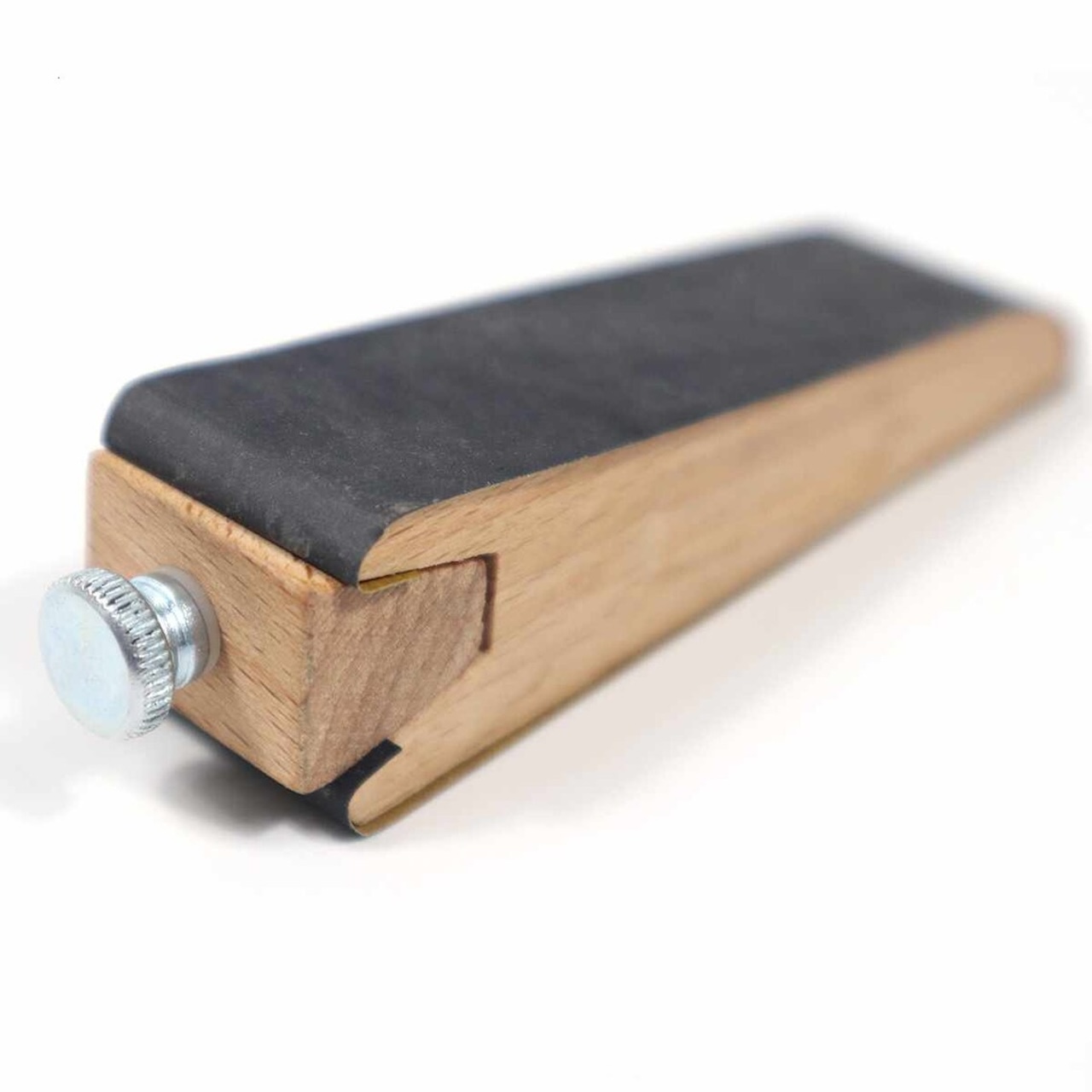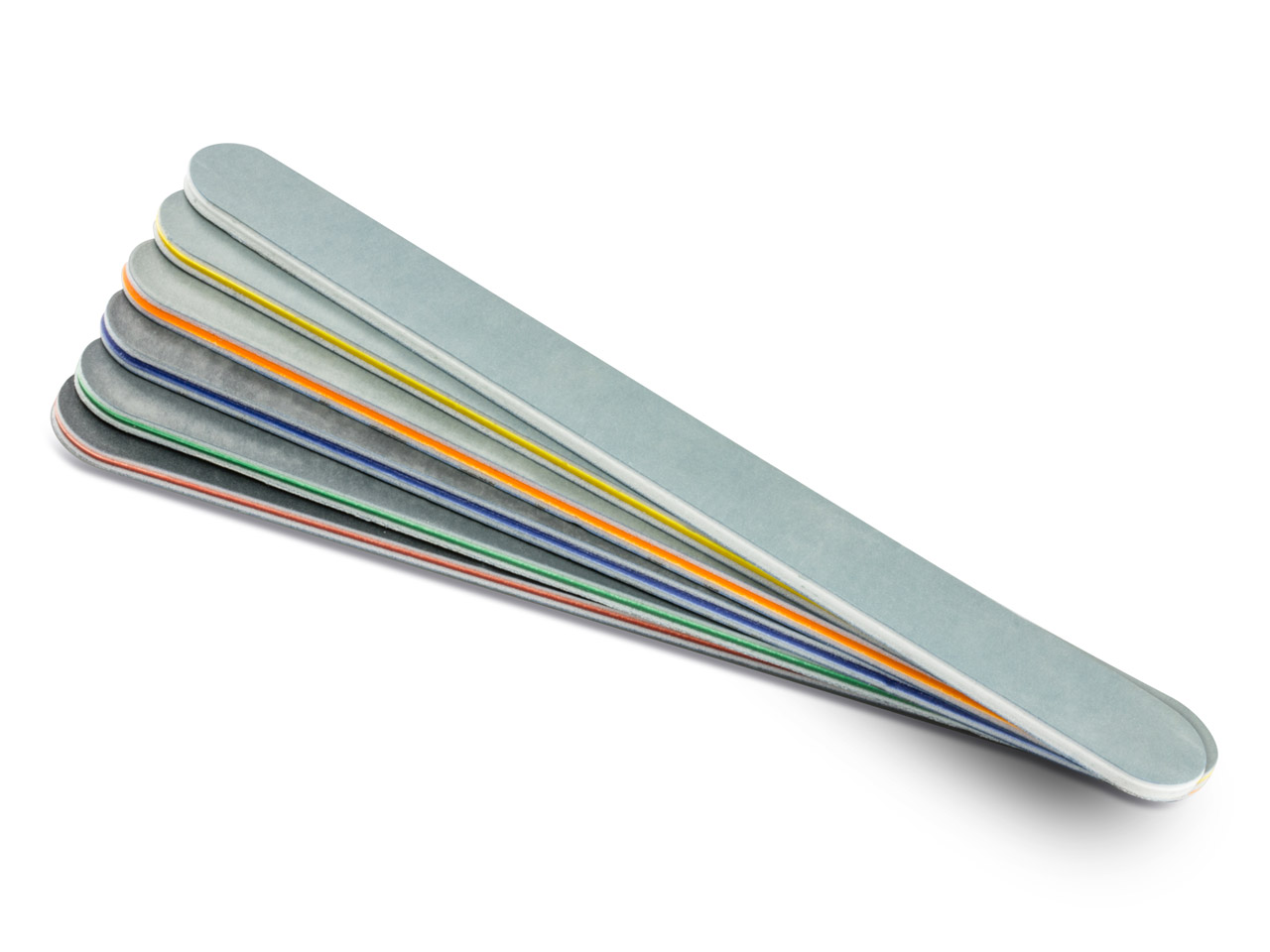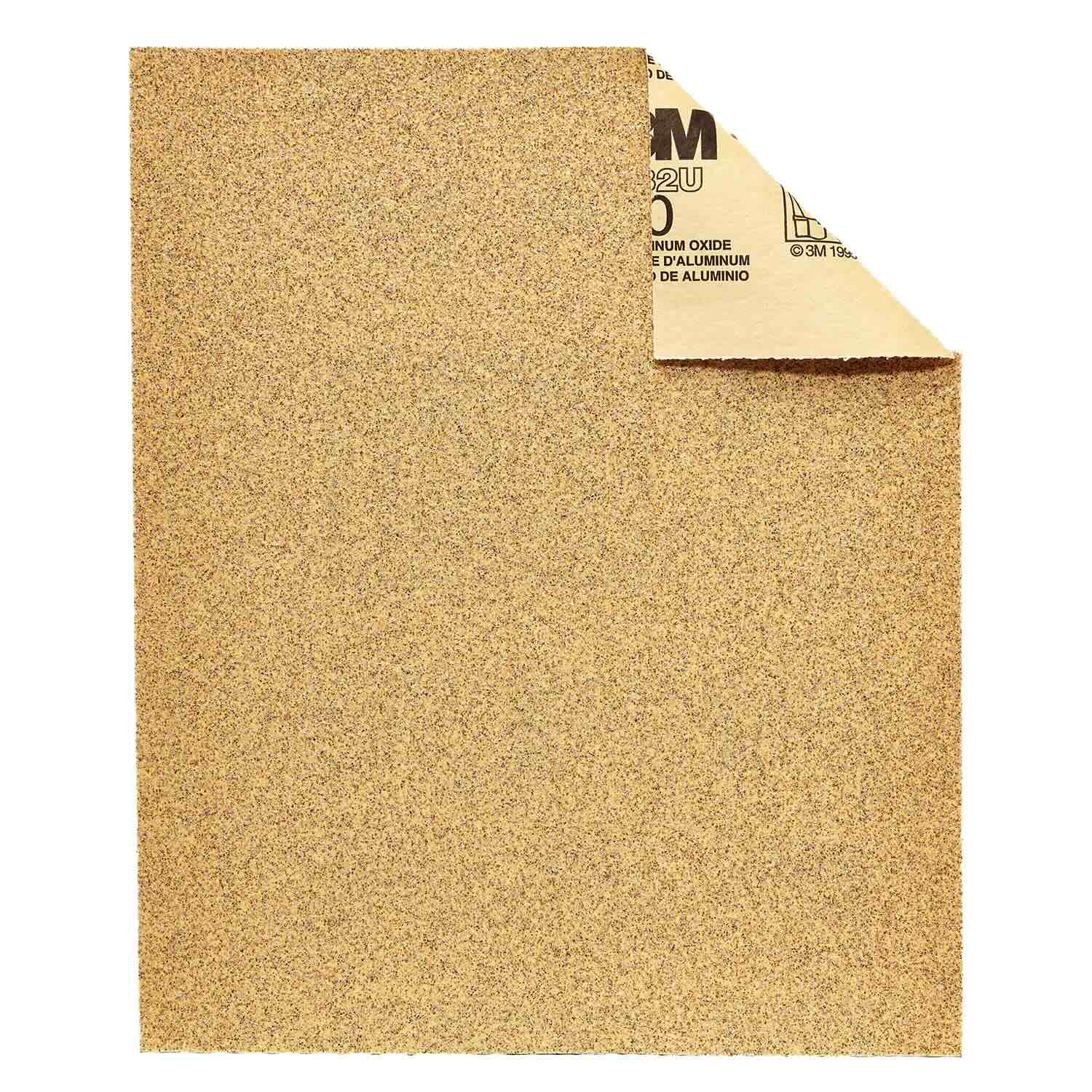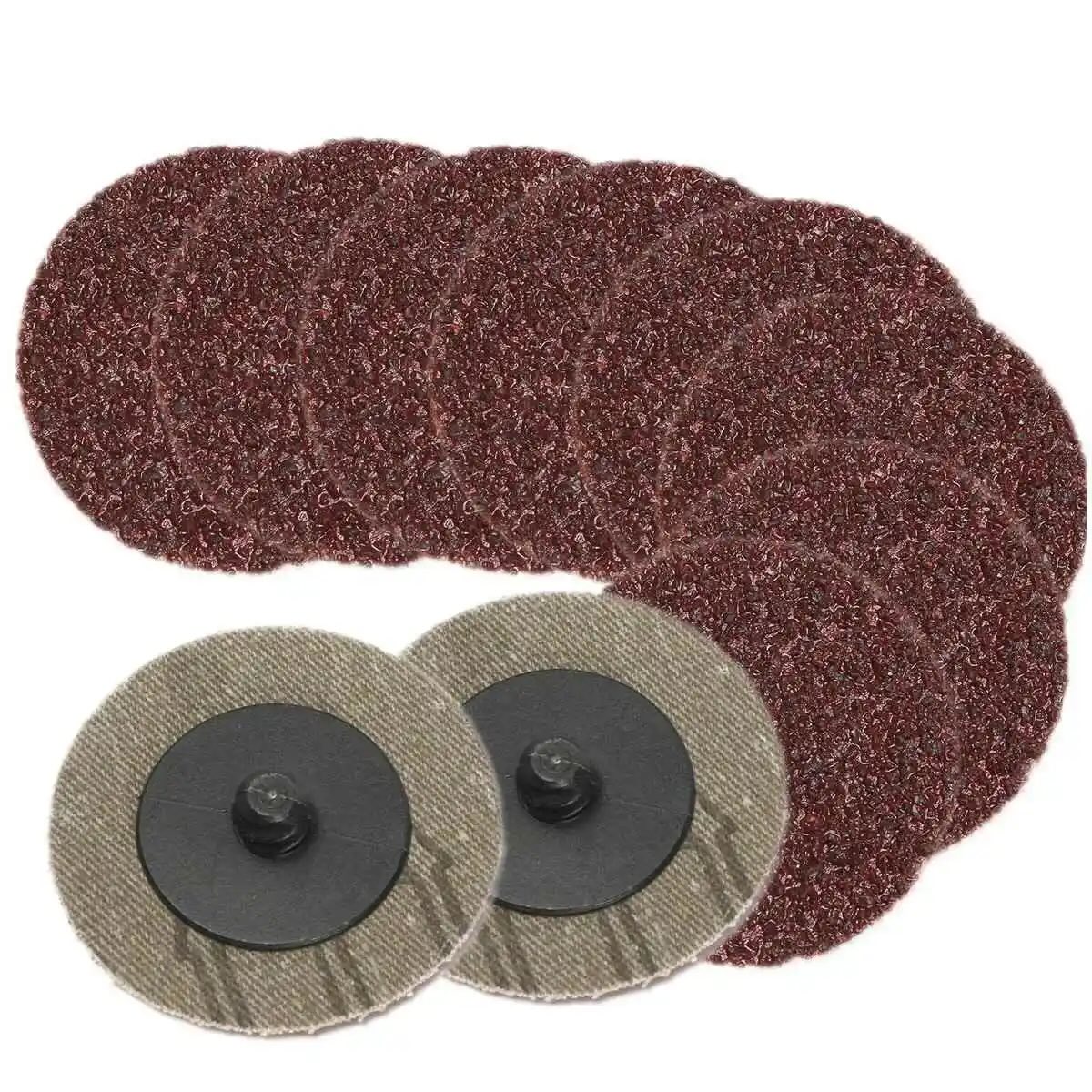

Articles
How To Store Grits
Modified: January 8, 2024
Learn the best way to store grits for maximum freshness and flavor in this informative articles. Get expert tips and tricks to keep your grits tasting delicious every time.
(Many of the links in this article redirect to a specific reviewed product. Your purchase of these products through affiliate links helps to generate commission for Storables.com, at no extra cost. Learn more)
Introduction
Grits, a popular Southern staple made from ground corn, are not only versatile but also a delicious addition to any meal. Whether you prefer them as a creamy breakfast dish or as a savory side with dinner, proper storage is essential to maintain their freshness and quality over time.
In this article, we will explore the importance of storing grits correctly and provide you with practical tips and best practices to ensure that your grits stay fresh and flavorful for as long as possible. So, let’s delve into the world of grits storage and discover how to make the most of this versatile grain.
Key Takeaways:
- Properly storing grits is crucial to maintain their freshness, flavor, and nutritional value. Use airtight containers, avoid heat and moisture, and consider different storage options to extend the shelf life of your grits.
- Avoid common mistakes like not using airtight containers, exposing grits to sunlight, or neglecting to rotate stock. Follow best practices, consider different storage options, and refer to FAQs for proper grits storage.
Read more: How To Store Cooked Grits
Why Proper Storage of Grits is Important
Properly storing grits is crucial to preserve their taste, texture, and nutritional value. When not stored correctly, grits can deteriorate and become susceptible to moisture, pests, and oxidation. Here are a few reasons why proper storage of grits is important:
- Freshness: Grits contain natural oils that can turn rancid if exposed to air for an extended period. By storing them properly, you can maintain their freshness and prevent them from developing an unpleasant taste or odor.
- Quality: Storing grits correctly helps preserve their quality by preventing them from becoming dry or stale. This ensures that they retain their delicious flavor and desirable texture.
- Food Safety: Grits, like any other grain product, can attract pests such as insects and rodents if not stored properly. Proper storage methods keep these unwanted visitors at bay and ensure that your grits remain safe for consumption.
- Cost-effective: By storing your grits correctly, you can extend their shelf life and reduce the frequency of repurchasing. This not only saves you money but also minimizes food waste.
By paying attention to proper storage practices, you can enjoy the full potential of your grits and ensure that each batch you cook with tastes just as delicious as the first time you opened the package.
Factors to Consider Before Storing Grits
Before storing your grits, it’s important to consider a few factors that can impact their quality and shelf life. Taking these factors into account will help you make informed decisions about the storage methods and conditions for your grits. Here are some factors to consider:
Package Integrity:
Check the package containing your grits for any signs of damage or defects. Ensure that it is sealed properly to prevent moisture and pests from entering. If the package is compromised, consider transferring the grits to an airtight container for storage.
Best Before Date:
Always check the “best before” date printed on the package. While grits can still be safe for consumption after this date, the quality may deteriorate over time. If your grits are approaching or past their best before date, it’s a good idea to use them sooner rather than later or store them under the recommended conditions.
Read more: How To Store Uncooked Grits
Environmental Factors:
Consider the temperature and humidity of your storage area. Grits should be stored in a cool, dry place away from direct sunlight and heat sources. Excessive heat and moisture can cause the grits to spoil, become clumpy, or attract pests.
Usage Frequency:
Take into account how often you use grits in your recipes. If you use them regularly, storing smaller quantities in easily accessible containers can help prevent the need for frequent opening and closing of the main package.
Storage Containers:
Choose appropriate storage containers for your grits. Opt for airtight containers made of glass, plastic, or metal to keep out moisture and pests. Make sure the containers are clean and dry before transferring your grits into them.
By considering these factors, you can ensure that your grits are stored in the best possible conditions, prolonging their shelf life and maintaining their quality. With these considerations in mind, let’s move on to the next section where we will explore the best practices for storing grits.
Best Practices for Storing Grits
To keep your grits fresh and extend their shelf life, it’s essential to follow some best practices for storing them. By implementing these practices, you can maintain the quality and flavor of your grits for an extended period. Here are some best practices to consider:
Read more: How To Store Grits Long Term
Use Airtight Containers:
Transfer your grits from their original packaging to airtight containers to protect them from moisture, air, and pests. Airtight containers such as glass jars, plastic containers, or metal canisters are ideal for keeping grits fresh and preventing them from absorbing odors from the surrounding environment.
Store in a Cool and Dry Place:
Choose a storage location for your grits that is cool and dry. Avoid storing them near the stove, oven, or other heat sources, as exposure to heat can accelerate the spoiling process. Additionally, humidity can cause the grits to become clumpy and attract pests. Aim for a storage area with a controlled temperature and low humidity level.
Avoid Exposure to Sunlight:
Protect your grits from direct sunlight. Sunlight can lead to the degradation of the oils in the grits, resulting in a loss of flavor and freshness. Store your grits in a dark pantry or cabinet to shield them from UV rays.
Label and Date Containers:
Properly label your stored grits to ensure easy identification and to keep track of their shelf life. Use adhesive labels or masking tape and write the date of storage on them. This will help you rotate your grits and use the oldest ones first.
Read more: How Is Grit Measured In Sandpaper
Avoid Freezing Grits:
Grits can be stored in the freezer, but freezing them can affect their texture and may result in a less desirable consistency when cooked. It is best to store them in a cool, dry place rather than in the freezer if possible.
By implementing these best practices, you can ensure that your grits stay fresh and flavorful for an extended period. Now that we’ve covered the best practices for storing grits, let’s explore the different storage options available for grits in the next section.
Different Storage Options for Grits
When it comes to storing grits, there are various options available to suit your needs and preferences. From traditional containers to vacuum-sealed bags, here are some different storage options for grits:
Airtight Containers:
One of the most common and effective ways to store grits is by transferring them to airtight containers. Glass jars, plastic containers, and metal canisters with tight-fitting lids are suitable for maintaining the freshness and quality of grits. Make sure the containers are clean and dry before pouring the grits into them to prevent contamination.
Vacuum-Sealed Bags:
Another option for storing grits is using vacuum-sealed bags. These bags remove excess air, creating a tight seal that helps preserve the grits’ freshness and prevents spoilage. Vacuum-sealed bags are especially useful if you buy grits in bulk or if you prefer to store large quantities for an extended period.
Read more: What Is Fine Sandpaper Grit
Mason Jars:
Mason jars can be a charming and practical storage option for grits. They are made of glass and come with airtight lids that provide excellent protection against moisture and pests. Mason jars also allow you to see the contents easily and add a rustic touch to your pantry or kitchen shelves.
Ziplock Bags:
Ziplock bags, although not as airtight as other options, can still be used for storing small quantities of grits. Make sure to press out as much air as possible before sealing the bag to minimize the risk of moisture and maintain the grits’ freshness. Store the sealed bags in a cool, dry place away from sunlight.
Original Packaging:
If the original packaging of the grits is sturdy and can be resealed, you can opt to keep them in their original packaging. Ensure that the package is properly sealed after each use to prevent moisture and pests from entering. Place the sealed package in a cool and dry location to maintain the grits’ quality.
Choose a storage option that best suits your needs and ensures the proper protection and preservation of your grits. Remember to consider factors such as convenience, quantity, and shelf life when deciding which storage method to use.
Tips for Extending the Shelf Life of Grits
To maximize the shelf life of your grits and keep them fresh, here are some helpful tips to consider:
Read more: What Grit Sandpaper For Varnish
Proper Sealing:
Ensure your grits are properly sealed in airtight containers or bags to prevent air, moisture, and pests from entering. This helps to maintain their freshness and flavor for a longer period.
Cool Storage:
Store your grits in a cool location away from heat sources. Heat can accelerate the spoilage process and affect the taste and quality of the grits. A cool and dry pantry or cupboard is an ideal storage spot.
Rotate Stock:
Practice the “first in, first out” rule by rotating your grits stock. Use the oldest grits first to ensure that none of it goes to waste. Proper labeling and dating of containers can assist with this process.
Avoid Moisture:
Moisture is the enemy when it comes to grits storage. Even a small amount of moisture can cause the grits to spoil. Ensure that the storage containers are dry, and avoid storing grits near sources of humidity, such as the refrigerator or sink.
Read more: What Grit Sandpaper For Plastic
Avoid Direct Sunlight:
Keep your grits away from direct sunlight, as exposure to UV rays can lead to the breakdown of oils in the grits, resulting in a loss of flavor and freshness. Store them in a dark place, such as a pantry or cupboard.
Keep Away from Strong Odors:
Grits can easily absorb strong odors, so store them away from aromatic foods like spices, onions, or garlic. This will help preserve the natural flavor of the grits.
Consider Freezing:
If you need to store grits for an extended period, freezing them is an option. Transfer the grits to airtight freezer bags or containers, and they can last for several months. However, keep in mind that freezing can affect the texture of the grits when cooked.
By following these tips, you can extend the shelf life of your grits and ensure that they remain fresh and flavorful for a longer time. Proper storage and handling are key to enjoying the full potential of this versatile grain.
Common Mistakes to Avoid When Storing Grits
Proper storage of grits is crucial to maintaining their freshness and quality. Avoiding common mistakes can help prevent spoilage and preserve the flavor and texture of your grits. Here are some common mistakes to avoid when storing grits:
Read more: How Does Sandpaper Grit Work
Not Using Airtight Containers:
Storing grits in containers that are not airtight can expose them to air and moisture, leading to spoilage. Using properly sealed airtight containers, such as glass jars or plastic containers, is essential to maintain the freshness of the grits.
Storing in a Warm or Humid Environment:
Heat and humidity can accelerate the spoilage process and cause grits to become stale or develop mold. Avoid storing grits in warm or humid areas like near the stove, oven, or dishwasher. Instead, choose a cool and dry storage spot.
Not Checking for Package Integrity:
Before storing grits, check the integrity of the package for any signs of damage or rips. Damaged packaging can expose the grits to air and pests, compromising their quality. Transfer the grits to airtight containers if the package is no longer secure.
Exposing to Sunlight:
Direct sunlight can cause the oils in the grits to deteriorate and lead to a loss of flavor and freshness. Store your grits in a dark pantry or cupboard to protect them from UV rays and maintain their quality.
Read more: How To Cook Grits In A Rice Cooker
Not Rotating the Stock:
Forgetting to rotate your grits stock can result in older batches sitting for too long, leading to potential spoilage. Always use the oldest grits first and practice proper labeling and dating to ensure that none go to waste.
Storing in Open Bags or Boxes:
Leaving grits in open bags or boxes can allow pests to access and contaminate them. Always transfer the grits to airtight containers or sealed bags to safeguard them from pests and preserve their quality.
By avoiding these common mistakes, you can ensure that your grits stay fresh, flavorful, and safe for consumption. With proper storage techniques, you can enjoy the delicious taste and versatility of grits for an extended period.
FAQs about Storing Grits
Here are some frequently asked questions about storing grits:
1. Can I store grits in the refrigerator?
While it is not necessary to refrigerate grits, you can do so if you prefer. However, make sure to transfer them to an airtight container to protect them from moisture and odors from other foods in the refrigerator.
Read more: What Grit Sandpaper For Stairs
2. How long can I store grits?
Properly stored, grits can last for up to one year in a cool, dry place. However, it is recommended to use them within 6-12 months for the best quality and flavor.
3. Can I freeze grits?
Yes, you can freeze grits. Transfer them to airtight freezer bags or containers, and they can last for several months. However, freezing can affect the texture of the grits. It’s best to thaw them in the refrigerator overnight before cooking.
4. Can I store cooked grits?
It is possible to store cooked grits in the refrigerator for up to 3-5 days in an airtight container. However, keep in mind that the texture may change upon reheating, and they may become thicker. Add a little water or milk and stir well when reheating to restore the desired consistency.
5. How do I know if my grits have gone bad?
Always check for signs of spoilage before using grits. If they have a rancid smell, off-color appearance, or unusual texture, it’s best to discard them. Trust your senses and prioritize food safety.
Read more: What Grit Sandpaper For Marble
6. Can I store grits in their original packaging?
While you can store grits in their original packaging, it’s recommended to transfer them to airtight containers to ensure better protection from air, moisture, and pests. Proper sealing helps to maintain their freshness and quality.
These FAQs should provide you with a better understanding of how to store grits properly and ensure their longevity. If you have any specific concerns or queries about grits storage, it’s always a good idea to refer to the instructions on the packaging or contact the manufacturer for additional guidance.
Conclusion
Properly storing grits is essential to preserving their flavor, texture, and nutritional value. By following the best practices discussed in this article, you can extend the shelf life of your grits and enjoy fresh and delicious meals every time you cook with them.
Remember to use airtight containers, store grits in cool and dry places, and protect them from light and moisture. Avoid common mistakes such as not using proper sealing, exposing grits to heat or humidity, and neglecting to rotate your stock.
Additionally, consider the different storage options available for grits, such as airtight containers, vacuum-sealed bags, mason jars, or ziplock bags. Choose the storage method that suits your needs and ensures maximum freshness.
By implementing these practices, you can not only extend the shelf life of your grits but also save money by reducing food waste. Whether you enjoy grits as a comforting breakfast or a flavorful side dish, proper storage will help you make the most of this versatile Southern staple.
Lastly, if you have any specific questions or concerns about storing grits, refer to the FAQs section or reach out to the manufacturer for additional guidance. With the right knowledge and care, you can savor the taste and quality of grits for an extended period.
So, let’s embrace the art of proper grits storage and ensure that each meal with these delightful grains is a true culinary delight.
Frequently Asked Questions about How To Store Grits
Was this page helpful?
At Storables.com, we guarantee accurate and reliable information. Our content, validated by Expert Board Contributors, is crafted following stringent Editorial Policies. We're committed to providing you with well-researched, expert-backed insights for all your informational needs.






0 thoughts on “How To Store Grits”